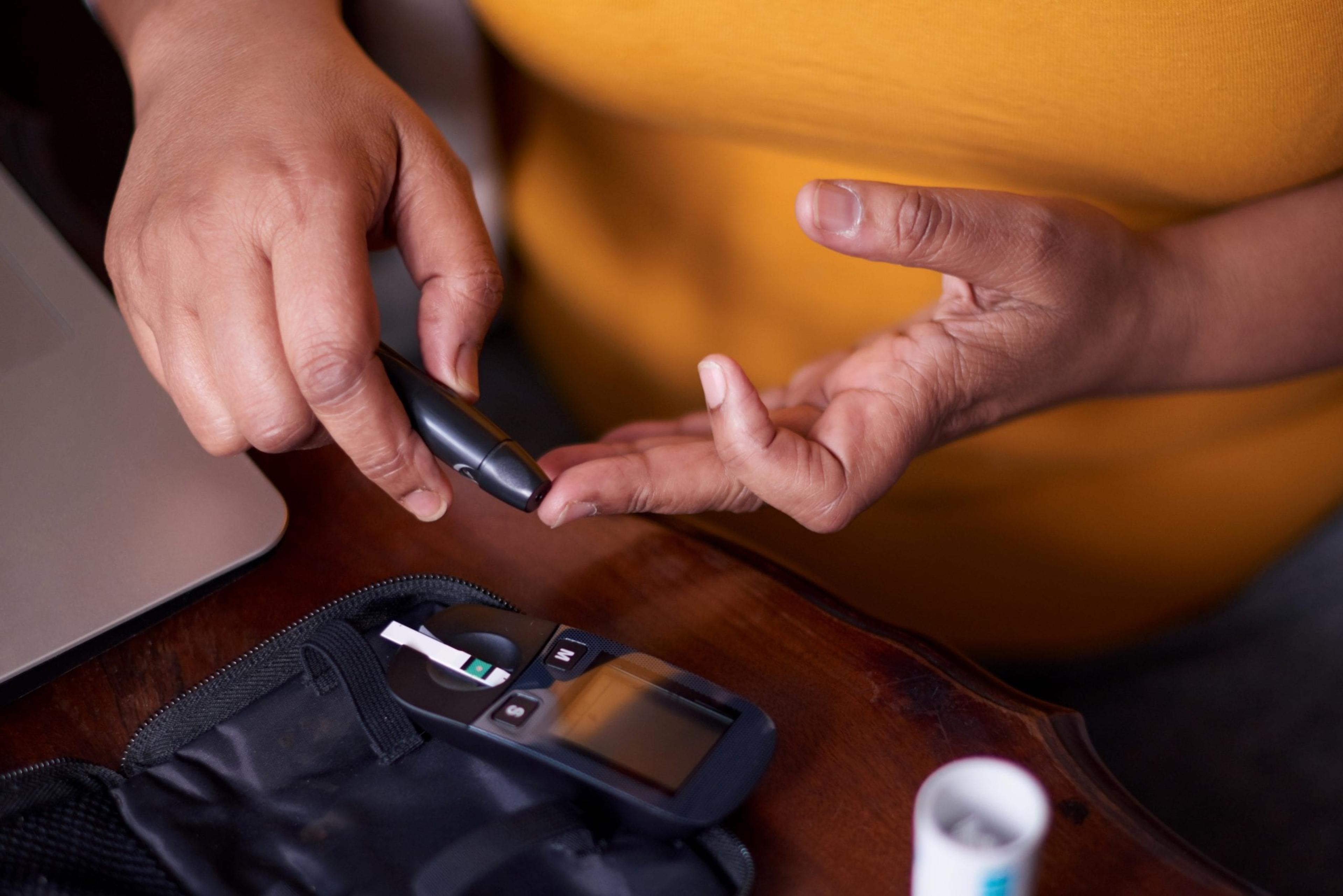What Is Health Care Fraud (and How Do We Keep Your Data Safe)?
bcbsm
| 4 min read

Health insurance companies face an important responsibility to keep their members’ private medical information completely safe. That means fighting off cybersecurity threats on a daily basis and proactively creating processes and tools that promote 24/7 data security.
Health care fraud doesn’t just impact members’ personal lives; it’s also incredibly expensive. In fact, it costs the U.S. nearly $70 billion every year. In fiscal year 2017, the United States Department of Justice opened 967 new criminal health care fraud investigations across the U.S., with $2.6 billion returned to the government or awarded to victims.
Sanjeev Vohra, IT Manager II with Information Security Governance at Blue Cross Blue Shield of Michigan, deals with health care fraud every day. Take a behind-the-scenes peek to learn more about his team’s work in safeguarding members’ information.
What Is Health Care Fraud?
Health care fraud is a category of crimes committed when health care providers (like a doctor) or members knowingly submit fake or inaccurate medical information for monetary gain. Upcoding, unbundling and double-billing are three distinct forms of Medicare and Medicaid fraud committed by providers.
“Health care fraud manifests itself in different ways,” says Vohra. “It can include identity theft, a relatively recent phenomenon where someone’s personal data is used to illegally obtain medical care, or provider fraud, where a licensed care professional uses stolen information to submit claims for services that weren’t provided.”
In the end, members bear the brunt of the effects of health care fraud.
“False medical conditions and services get added to a member’s history, which can be quite dangerous down the road when they actually receive care—they could get treated for conditions they don’t have,” says Vohra. This can also translate to increased health care costs for the member.
The Evolution of Health Care Fraud
As access to confidential data grows, fraud has become increasingly prevalent—and sophisticated.
“In the past, health care fraud was most commonly found in situations where a member’s family or friends had access to their ID card or in instances where providers did not confirm the patient’s identity before a visit,” says Vohra. “Computers have changed that. Hackers now have sophisticated technologies that give them access to sensitive data with the click of a button.”
What makes health care fraud so tempting to hackers is that it’s seen as incredibly lucrative.
“In recent years, hackers have moved on from stealing credit card numbers to stealing health records,” says Vohra. “The banking and financial industries are able to quickly identify theft and cancel a credit card, but it takes a bit longer for health care companies to rectify misuse of a patient’s data. This allows hackers to profit during this lapse in time and do a lot of damage.”
Preventing Fraud from Happening
Staying in front of potential fraud is all about data, which is where the Blue Cross Information Technology team comes in.
“Blue Cross employs a number of technologies that can analyze data and lead us to instances of health care fraud,” says Vohra. “Using smart application design with embedded web analytics, we are able to spot abnormalities, like if a patient is going to different doctors for the same issue or a number of physicians are using the same stolen data at the same time.”
This information helps Blue Cross pursue and investigate situations instantly—even before providers are paid for their services—and take the necessary steps to protect members. Blue Cross doesn’t stop there, though.
“We’ve also implemented new, proprietary technologies that can prevent data theft before it happens,” says Vohra. “We use a variety of safety measures, including Security Awareness Training for our employees, a 24/7 security operations center that conducts continual investigation for negative activity in our network, data encryption and implementation of firewalls that protect data on the member portal and mobile app.”
Members also play a role in preventing health care fraud.
“If you receive a bill or notice stating you’ve reached your plan’s maximum coverage for services you didn’t receive, this could be a sign of health care fraud,” says Vohra.
This is why it is important you review any health care documents you receive in the mail and use tools like the BCBSM mobile app to regularly review your account.
“Members should review their Explanation of Benefits or health care records at least once every six months and make sure it accurately reflects the care you’ve received,” says Vohra. “You’ll also want to keep your membership ID card secure to make sure it doesn’t get into the wrong hands.”
If you believe you may have been a victim of health care fraud, Blue Cross resources are available to help you navigate the situation.
Learn more about our efforts to make health care more affordable here. For more behind-the-scenes looks at our Information Technology team, check out these other blogs:
- Blue Cross IT’s Commitment to Data Security
- Blue Cross IT: Taking Health Care Tools to the Next Level
- CIO Bill Fandrich Shares His IT Outlook
Photo credit: tommaso79





